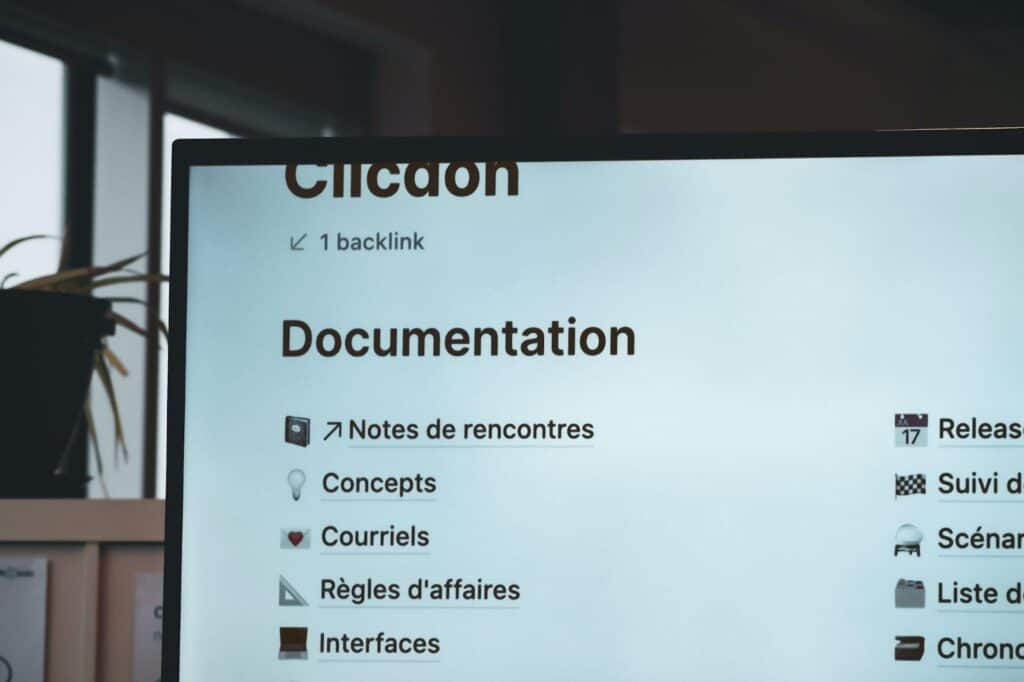Navigating the complexities of applying for long-term disability benefits can often feel overwhelming. This process involves understanding eligibility criteria, gathering the necessary documentation, and following specific procedures outlined by insurance providers or government programs. But where does one start, and what are the key steps to ensuring a successful application? How can you prepare to make this journey as smooth as possible?
The first crucial step is thoroughly reviewing your disability insurance policy or the specific program guidelines to determine eligibility criteria. This involves understanding the definition of disability per your policy, the waiting period, and the required evidence to support your claim. Ensuring you meet these initial criteria is fundamental to a successful application.
The rest of this article will guide you through each phase of the application process, providing detailed insights and practical tips. From gathering medical records to submitting your application and handling potential appeals, we will equip you with the knowledge to navigate this path confidently. We aim to simplify the process, making it more accessible and less daunting.
Understanding Eligibility Requirements
Understanding eligibility requirements for long-term disability benefits involves a few key aspects. Firstly, you need to know how ‘disability’ is defined in your policy or by the government program you’re applying to, as definitions can vary. Then, it’s important to be clear on what types of disabilities are covered, including any exclusions or specific conditions that might not be included.
You should also be aware of the duration of coverage and any waiting periods before benefits begin. Finally, having a clear idea of the necessary documentation, like medical records and proof of income, is crucial to establishing your eligibility. This foundational understanding sets the stage for a successful application.
Defining Disability
The first step in understanding eligibility for long-term disability is grasping how ‘disability’ is defined by your specific insurance policy or government program. There are typically two main types: ‘own occupation,’ where you’re considered disabled if you can’t perform your current job, and ‘any occupation,’ where disability means you cannot perform any job. The definition used can significantly impact your eligibility.
Coverage Details
It’s essential to know what your policy or program covers. This includes understanding which types of disabilities are included (like physical injuries, mental health conditions, and chronic illnesses) and any exclusions or limitations (such as pre-existing conditions or certain types of injuries).
Duration and Waiting Periods
Policies often have a specified duration for coverage and a waiting or ‘elimination’ period before benefits begin. Understanding these time frames is crucial for planning and ensuring you apply at the right time.
Required Documentation
Eligibility often hinges on the documentation you provide. This includes medical records, proof of income, and sometimes forms filled out by your healthcare provider. Knowing exactly what documents are required and how to obtain them is a key part of the application process.
Gathering and Submitting Essential Documentation

Gathering and submitting the right documentation is pivotal in applying for long-term disability benefits. This process typically involves collecting detailed medical records that outline your condition, obtaining proof of your employment and income, accurately completing any required forms, and ensuring all this information is submitted correctly. Careful attention to these details can significantly impact the success of your application.
Medical Records
The cornerstone of your application is your medical documentation. Gather all relevant medical records that detail your condition, including diagnosis, treatment plans, and prognoses. Ensure these records are up-to-date and comprehensive, as they provide the foundation for establishing your disability.
Proof of Employment and Income
You’ll need to provide proof of your employment status and income. This can include recent pay stubs, employment letters, and, if applicable, a description of your job duties. This information helps to establish the impact of your disability on your ability to work.
Completing Required Forms
Most disability applications include specific forms that need to be filled out by you and possibly your healthcare provider or employer. Pay close attention to instructions and complete these forms accurately. Errors or incomplete information can ensure the process is completed on time.
Submitting Your Application
Once you’ve gathered all the necessary documentation, it’s time to submit your application. Check whether your insurer or program requires online submission or hard copies. Keep copies of everything you submit for your records and follow up to ensure your application has been received and is being processed.
Navigating the Application Process
Navigating the application process for long-term disability benefits can be a meticulous journey, requiring an understanding of various steps and a strategic approach. Here are some key points to guide you through this process:
- Initial Application: Start by filling out the application form provided by your insurance company or government program. Be thorough and accurate, ensuring all required information is included.
- Communication with Providers: Maintain open lines of communication with your healthcare providers. They play a crucial role in providing medical information that supports your claim.
- Following Up: After submitting your application, following up regularly is important. This ensures your application is being processed and allows you to promptly address any additional requests for information.
- Understanding Timelines: Be aware of the processing time for your application. This can vary depending on the complexity of your case and the specifics of your policy or program.
As you move through these steps, remember that patience and organization are your allies. Keep all your documents well-organized, make notes of conversations and deadlines, and don’t hesitate to ask for clarification when needed. Successfully navigating this process is about staying informed, proactive, and prepared for each phase.
Handling Denials and Appeals

Handling denials and navigating the appeals process in long-term disability claims is a crucial and often challenging step. It’s important to approach this with a clear strategy and understanding of your rights:
- Review the Denial Letter: Carefully read the denial letter from your insurance provider or program. It should explain why your claim was denied and provide information on the appeals process, including deadlines.
- Gather Additional Information: Often, claims are denied due to insufficient evidence. Gather any additional medical records, doctor’s statements, or other information that can strengthen your case.
- Consult with a Professional: Consult a lawyer or a disability advocate specializing in these cases. They can provide valuable guidance and representation.
- File the Appeal: Follow the specific instructions provided for filing an appeal. This usually involves submitting a written appeal with all supporting documents within a specified time frame.
- Prepare for a Hearing: If your appeal leads to a hearing, prepare thoroughly. This might involve working with your lawyer to develop a strong argument and organizing your evidence effectively.
- Explore Alternative Solutions: If the appeal is unsuccessful, explore other options. This may include reapplying if your condition changes or looking into other forms of assistance.
Navigating a denial and appeal requires persistence, attention to detail, and often professional guidance. It’s a process where understanding the reasons for denial, reinforcing your claim with strong evidence, and adhering to procedural guidelines are key to potentially overturning the decision.
Maximizing Your Claim’s Success
Maximizing the success of your long-term disability claim hinges on a few key strategies:
- Comprehensive Documentation: Ensure that all medical, employment, and other relevant documents are thorough and up-to-date. This includes detailed doctors’ notes, test results, and a clear narrative of how your condition affects your daily life and ability to work.
- Adherence to Guidelines: Familiarize yourself with the specific guidelines of your insurance policy or disability program. Make sure your application is in complete alignment with these rules.
- Proactive Communication: Stay proactive in communicating with your healthcare providers, insurance adjustors, and anyone else involved in your claim. Prompt responses to requests for additional information can keep your application moving smoothly.
- Seeking Expert Advice: Consider consulting with a disability lawyer or an advocate who can provide expert advice on your application. They can help identify potential weaknesses in your claim and suggest improvements.
Focusing on these areas increases the likelihood of a favorable outcome for your disability claim. It’s about being meticulous, informed, and engaged throughout the process.
Understanding Your Rights and Responsibilities

Understanding your rights and responsibilities is vital when applying for long-term disability benefits. This encompasses several critical areas:
- Knowing Your Policy: It’s important to thoroughly understand the terms of your disability insurance policy or the guidelines of the government disability program. This includes knowing what you’re entitled to and what’s expected of you during the application process.
- Right to Appeal: If your claim is denied, you have the right to an appeal. Understanding the appeals process, deadlines, and required documentation is crucial.
- Responsibility to Provide Accurate Information: You provide accurate and complete information when applying. Misrepresentation can lead to denial of your claim or legal repercussions.
- Understanding of Privacy Laws: Be aware of how your medical and personal information is handled. Laws like HIPAA (in the United States) protect the privacy of your health information.
- Staying Informed about Changes: Policies and laws can change. You must stay informed about any changes affecting your claim or benefits.
Awareness of these rights and responsibilities ensures a smoother application process and helps you advocate effectively for your benefits. It’s about balancing what you are entitled to with what is required under the law and your specific policy.
Managing Financial and Emotional Impacts

When applying for long-term disability, it’s not just the application process that’s challenging; managing the financial and emotional consequences is equally crucial. This phase requires careful planning and awareness, impacting your overall well-being and financial stability. Addressing these aspects with a thoughtful approach can help ease the burden during this complex period.
Financial Planning and Budgeting
When you’re unable to work due to a disability, your financial situation can become strained. Creating a budget that accounts for your reduced income and increased medical expenses is crucial. Look into emergency funds, savings, or even financial assistance programs that can provide support during this time. Effective financial planning can alleviate some of the stress associated with income loss.
Emotional Resilience and Support
The process can be emotionally taxing, often leading to stress, anxiety, and feelings of uncertainty. It’s important to acknowledge these emotional challenges and seek appropriate support. This could involve talking to a mental health professional, joining support groups, or finding community resources that offer counseling and emotional support.
Balancing Health and Financial Needs
Your health should remain a priority, even when facing financial constraints. Avoid neglecting necessary medical treatments or appointments due to cost concerns. Explore options like sliding-scale fees for medical services, patient assistance programs, or generic medication alternatives to manage healthcare costs effectively.
Utilizing Additional Resources
There are various resources and programs available that can help ease the financial and emotional burden during this time. These include government assistance programs, non-profit organizations offering financial aid, and community support services. Awareness of and access to these resources can provide significant relief and support throughout the application process.





